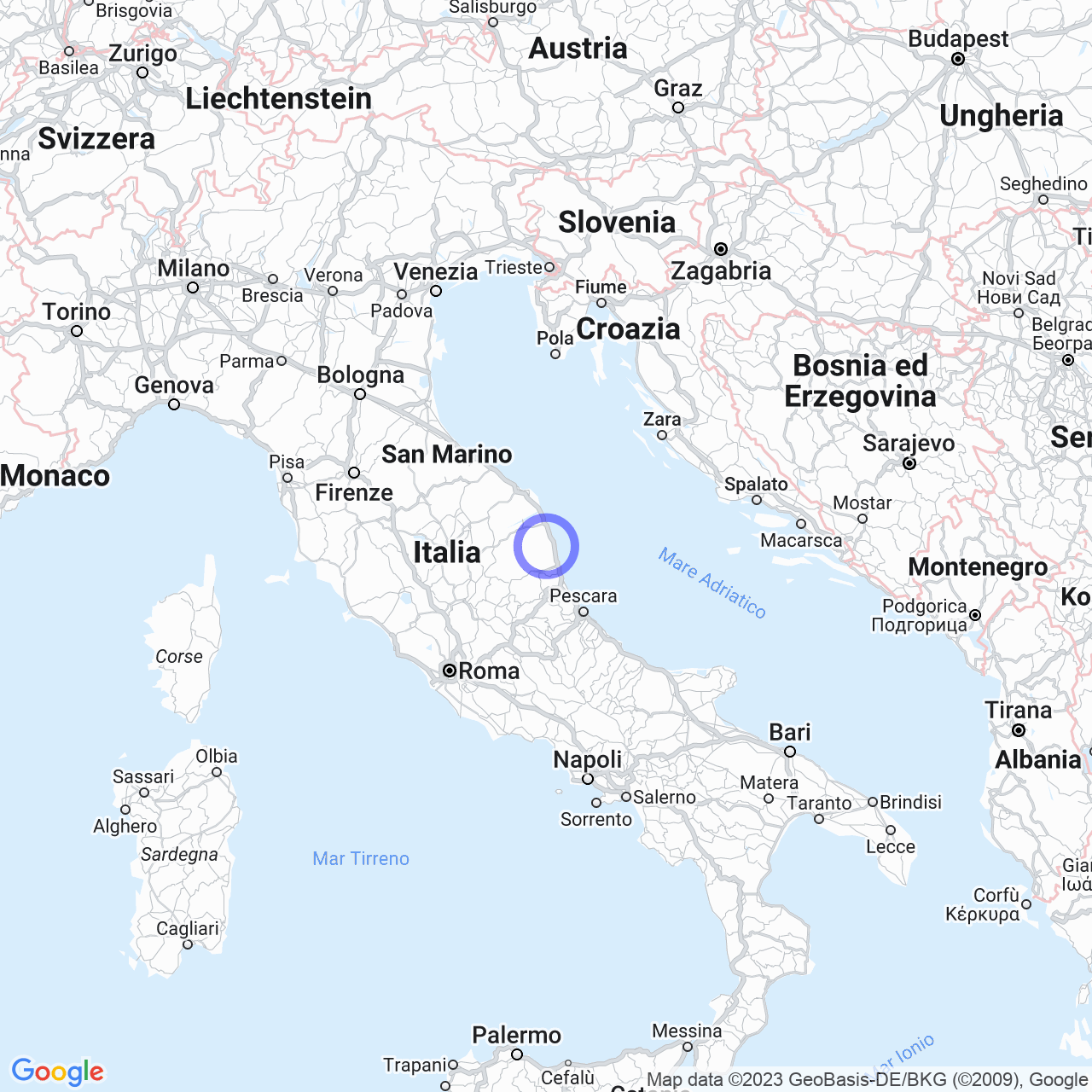Moresco
Discovering Moresco, the Marche town with a castle on the hill
Hello everyone! Today, I'm taking you on a journey to discover Moresco, a small town with only 546 inhabitants located in the province of Fermo, in the Marche region. The unique feature of this place is the strategic position of Moresco Castle, built on the top of a hill overlooking the valley of the Aso river, where the roads from the sea and surrounding areas intersect. In this article, I'll try to tell you about the history of this town, the origin of its name, and the monuments that are a must-see.
Physical Geography
As mentioned, Moresco Castle is located in a strategic position that allowed it to control the trade between the sea and the surrounding territory. The hill on which the castle stands is exactly where the roads from the sea join those from Fermo and Monterubbiano on the northern slope and the road to Montefiore dell'Aso on the southern slope.

History
Little is known about the origins of Moresco, but it's known that the area was inhabited in Roman times and later, in the Lombard era, fortified centers like "curtes" and "castra" of monastic and feudal nature were built. One of these became the residence of the scattered population. The origin of the name is uncertain, and it's thought to derive from the name of a lord called Morico or from the family of the Moors, or from the toponym "morro", which indicates a stony place. Moreover, there are two sharply opposing theories on the origin of the castle: the first suggests that a group of Moors built the fortress during their raids along the Adriatic coast, while the second claims that the "Castrum Morisci" was built near the sea to repel Saracen attacks.
The earliest records of the castle date back to 1083, and several documents from the twelfth century attest to the rule of Tebaldo, Count of Moresco. In the thirteenth century, the castle became the property of the city of Fermo, both by the will of Frederick II of Swabia and by that of King Manfred of Sicily. In 1266, it was sold to the Doge of Venice and the mayor of Fermo, Lorenzo Tiepolo, remaining a castle of the city until the unification of Italy. After freeing the inhabitants from feudal constraints, Moresco became an autonomous municipality, governed by a Council of Massari and a Vicar appointed by Fermo. In 1868, it lost its municipal autonomy to become a hamlet of Monterubbiano, but regained its status as an autonomous municipality on June 26, 1910, thanks to the initiative of Arturo Vecchini.
One Hundred Years
On June 26, 2010, Moresco celebrated its 100 years of autonomy and received a plaque from the President of the Italian Republic, Giorgio Napolitano, and one from the President of the Chamber of Deputies, Gianfranco Fini. The occasion was celebrated jointly by the Provincial and Municipal Councils of Fermo to also mark the first anniversary of the new province. Also, the Town Hall was renovated both inside, embellishing the "Patrizio Gennari" council hall, and outside, with the placement of a commemorative plaque. A celebratory monument created by Ugo Nespolo was placed in the park under the historic center.
Monuments and places of interest
Now, let's talk about the monuments and places of interest in Moresco. Its octagonal tower dates back to the twelfth century and is 25 meters high. The tower has Guelphs and Ghibellines battlements and dominates the Aso valley from the height of the ancient village. The historic center is characterized by its churches, the Church of San Giovanni Battista, the Church of Sant'Agostino, and the Church of the Madonna delle Grazie, and its medieval architecture. The historic center is a perfect example of an intact medieval village. There's also the Teatro dell'Iride, a nineteenth-century theater that is still used for music, theater, and dance performances.
If you're passionate about nature and trekking, you can take a hike to the Grotta delle Fate, located a few kilometers from Moresco. The cave is surrounded by dense vegetation and is illuminated by natural light filtering from the walls. It's a magical and suggestive place, perfect for a walk in the open air.
I conclude my brief guide to Moresco here. It's a small municipality rich in history and enchanting places to visit. If you're on vacation in the Marche region, I recommend making a stop in Moresco to admire its castle and medieval village. I hope you enjoyed this article and that it has inspired you to discover new places to visit in Italy.
